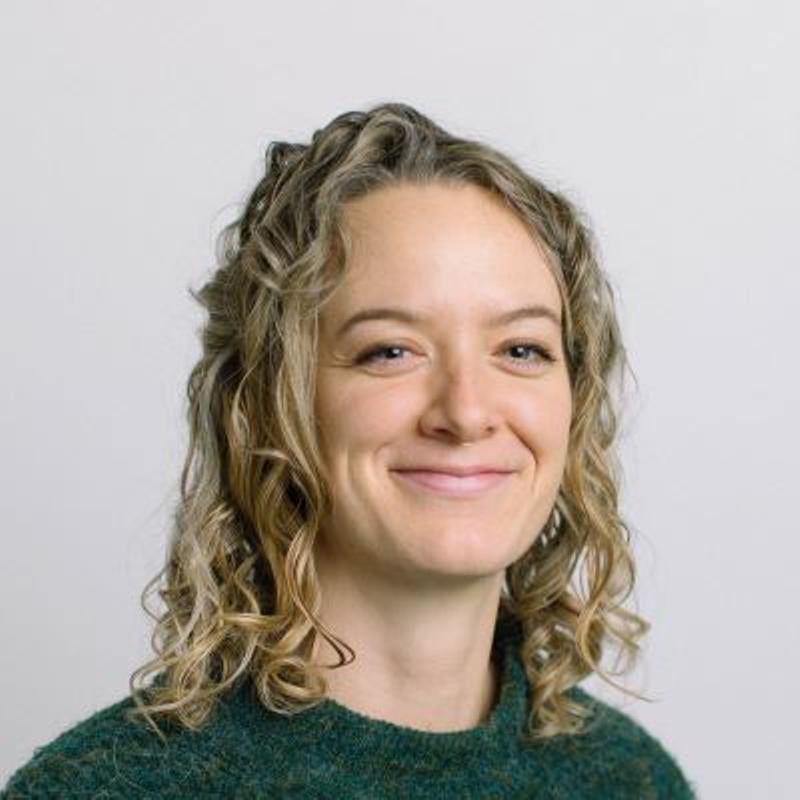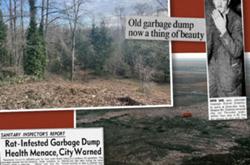British Columbia researchers have come up with a faster way to identify what new drugs in the illicit supply are making people sick.
The discovery will help shorten the amount of time between when a new psychoactive substance hits the market and when doctors are able to identify it, says Dr. Michael Skinnider, an associate professor at Princeton University and lead researcher for the study, which was published in Analytical Chemistry Nov. 15.
The research formed part of Skinnider’s MD/PhD at the University of British Columbia.
“It’s hard to know how to respond to a drug that you don’t know about,” Skinnider says.
For example, when a patient shows up at the hospital and they appear to be overdosing on a drug, but their toxicology screen comes up clean, it can be very challenging for a doctor to know how to treat them, he says.
While doctors do know how to test for drugs, it can sometimes be hard to identify them, Skinnider says.
To explain further, it’s necessary to take a look at new psychoactive substances, also referred to as “designer drugs.” Next, at the complex process of how researchers test for drugs, and finally, at how Skinnider’s research has sped up that process.
Evading the Controlled Drugs and Substances Act
In Canada substances are regulated under the Controlled Drugs and Substances Act. A controlled drug can be listed by its class, such as fentanyl and benzodiazepines, or by just its molecular structure, says Aaron Shapiro, associate scientific director of toxicology at the BC Centre for Disease Control. Shapiro was the study’s senior author.
Whenever a drug gets regulated, there are clandestine chemists who work to create a drug that has a very similar effect on people, but may have a single different molecule, Skinnider says.
For some drugs this means the substance is no longer controlled and can be bought, sold and shipped across borders legally, Shapiro says.
The government can only control drugs that they know about — they are not able to pre-emptively ban drugs that do not yet exist, he adds.
The resulting products have been marketed as “bath salts” or “air fresheners” and are often labelled as “not for human consumption,” Skinnider says.
Regulators play a game of “cat and mouse” with these designer drugs, Shapiro says. By the time they’ve been able to identify and regulate one substance, several more have already hit the market.
If a doctor or coroner suspects someone has overdosed or was intoxicated, they will send a urine sample to the the BC Provincial Toxicology Centre, which uses a machine called a mass spectrometer to test the sample.
The mass spectrometer will create a reading identifying every single molecule in the sample.
This produces more data than the researchers actually need, Skinnider says. As well as any potential drugs in a person’s system, it also identifies vitamins and compounds normally found in a person’s body.
It’s as if the machine produces a 10,000-piece jigsaw puzzle, and researchers only need to find the shape of one specific puzzle piece to identify the presence of a drug in the sample.
To be able to identify a puzzle piece, the lab buys a sample of a pure form of the drug they are checking for, known as a reference standard, and runs it through their mass spectrometer.
Sticking with the puzzle metaphor, this gives them the exact shape of the puzzle piece that drug produces on that machine.
This lets researchers know, for example, that a urine sample contains fentanyl, because they can identify the molecular pattern of the drug in the urine.
But there are limitations: it’s expensive to buy reference standards, hard to keep up with new designer drugs hitting the market and difficult to predict what drugs to look for, Skinnider says.
A new way to find new drugs
Skinnider’s research combined chemistry, computer science and mass spectrometry to seek out an alternative way to find new drugs.
Skinnider’s team took 12,727 mass spectrometer urine tests that had been collected and analyzed by the BCCDC between August 2019 and August 2022 and used a computer program to look for patterns between the samples.
When patterns appeared, the team used a set of criteria to determine which reference standards they should buy so they could confirm the presence of the drug in the samples. The criteria included things like if the drug reliably appeared in more than 10 samples, the drug’s prevalence over time and if the drug had a high risk of causing harm or death.
This method uncovered 31 drugs that were not yet being tested for in B.C., Skinnider says.
One drug, a new fentanyl analogue called fluorofentanyl, was found in 301 samples. It had been introduced to the market mid-2022 and had been circulating for half a year before researchers realized it was there, Skinnider says.
Before Skinnider came up with this technique, the BCCDC was only able to look for patterns like this if an employee had spare time; it would then take that employee about a day to look for one drug in 100 tests, Shapiro says. The new technique now allows them to look for 100 drugs in 10,000 tests.
Shapiro says he hopes the BCCDC can use this new drug checking strategy once a month, but the organization is still working out how to best integrate it. The process requires new staff training and a large amount of computing ability, he adds.
Shapiro adds the toxic drug supply has necessitated new ways for researchers to figure out what is in a drug. Two decades ago, you could buy heroin or cocaine and be reasonably confident what was in the substance, he says. These days people can only buy a substance sold as down, which contains an unknown combination of depressants. ![]()
Read more: Health, Science + Tech

















Tyee Commenting Guidelines
Comments that violate guidelines risk being deleted, and violations may result in a temporary or permanent user ban. Maintain the spirit of good conversation to stay in the discussion and be patient with moderators. Comments are reviewed regularly but not in real time.
Do:
Do not: